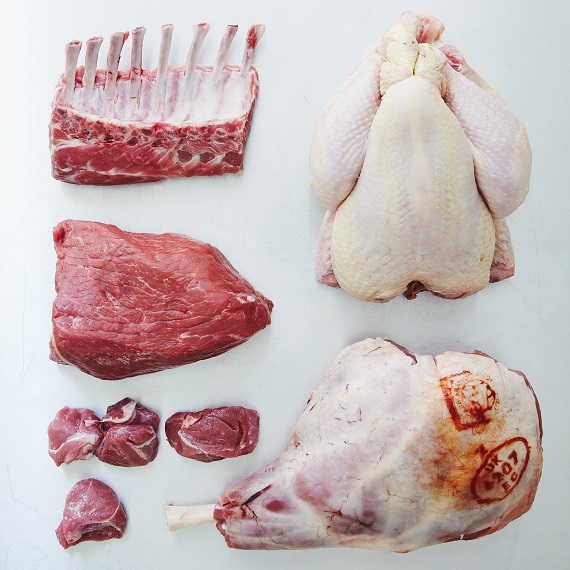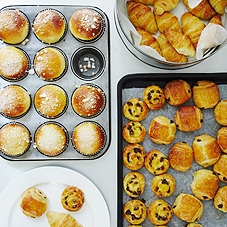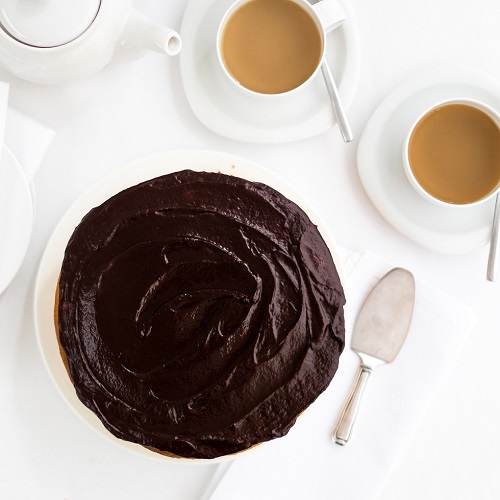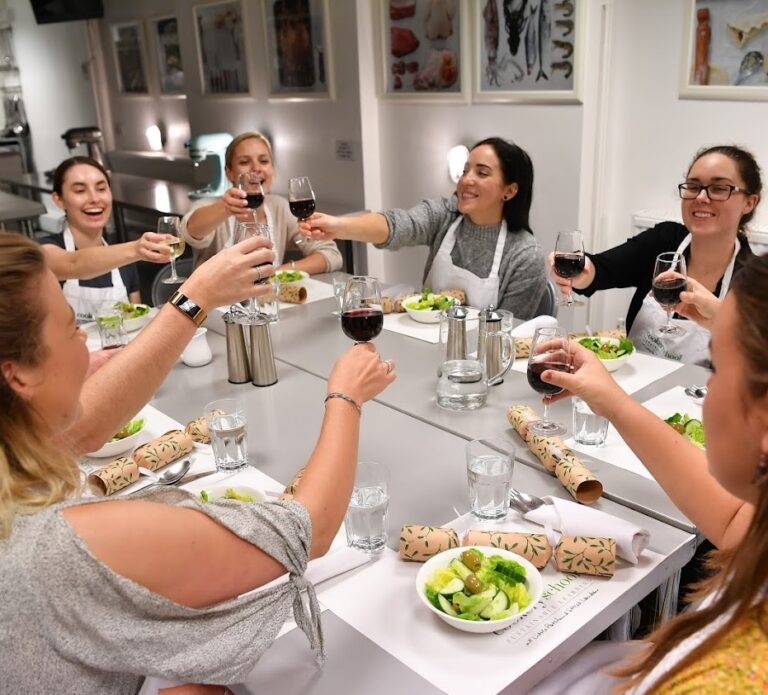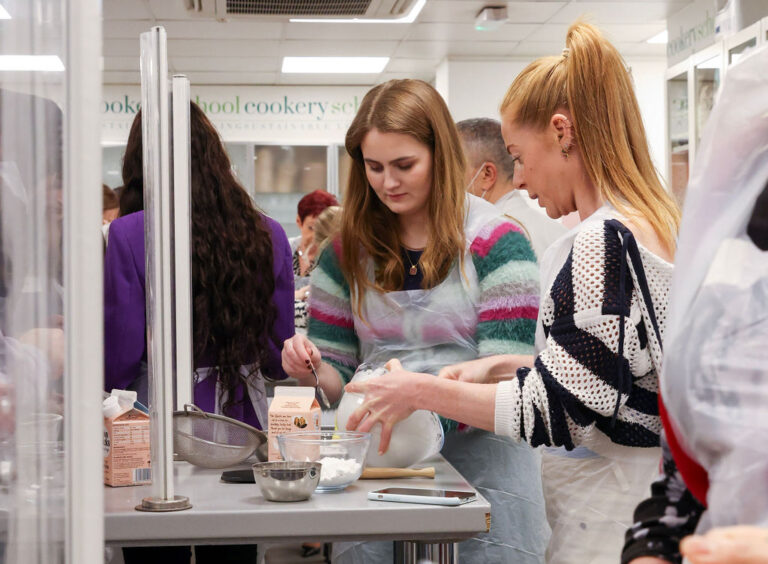Five top tips for meal prep
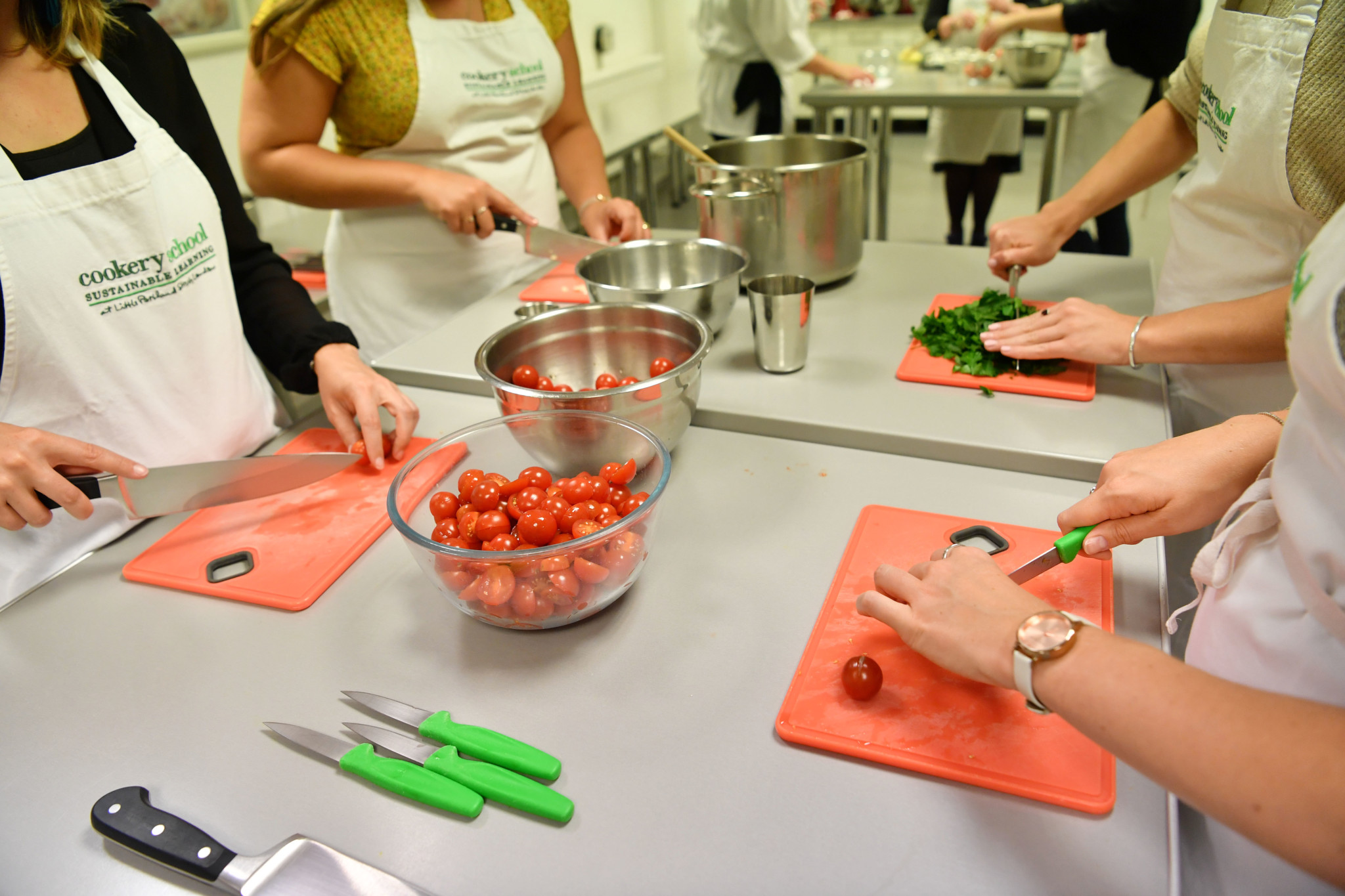
Batch cooking, or meal prep, is the act of preparing a week’s worth of food in one session, ensuring that your lunches and dinners are looked after for the days ahead. It’s a fantastic way to ensure you’re eating well, saving money and most importantly, improving your cooking skills!
However, meal prep doesn’t mean having the same thing for five days straight. With a little forward planning and organisation, you can enjoy a wide variety of dishes without too much effort. Here are five of our favourite tips.
-
Plan, plan, plan
No batch cooking or meal prep is going to be successful without a plan. The first step is figuring out how much food you need – how many are you catering for and how many meals do you require?
Once you know how much you need to cook, it’s time to decide what to make. Look for recipes that you’ll actually enjoy and don’t require complicated kitchen equipment – you don’t need any obstacles in your way! Then, it’s time to write a detailed grocery list, with measurements.
-
Consider your ingredients
The essence of meal prep is cooking multiple dishes and then storing them in the fridge or freezer until you’re ready to eat. Therefore, it’s important to consider what will last the longest. Generally, soft vegetables and crunchy food don’t fare too well in the fridge, so either leave them out or add them in at the last minute – chopping a fresh tomato or adding nuts as a finishing touch is a five-minute task for the night before or morning of. Stews, grain-led salads (without dressing), curries, bakes and roasts are all great places to start as they tend to survive a few days.
-
Look for versatility
There are plenty of healthy ingredients that can be used in a variety of ways, reducing food waste and your grocery bill. It’s essential you consider all the uses for an ingredient when shopping – for example, if you buy a bunch of herbs, can you use them across several recipes? If you can only find large bunches of young spinach, think about how you can use all of it in different ways – for example, could half go in a salad and the other in a risotto or stew?
A whole organic chicken is another great example – you can serve the breasts with vegetables; tray-bake the legs and thighs and use the skin and bones for chicken stock, to make soup or risotto.
-
Invest in the right storage containers
As London’s most sustainable cooking school, we try to use glass containers wherever possible. We’d suggest doing the same at home – they are going to be the most hygienic and most environmentally friendly option. Ensure that the lids are leakproof and you have a diverse range of sizes – you may need to transport elements, such as dressings, separate to your main dish.
-
Know your limits
While it may be tempting to channel Gordon Ramsey or Michel Roux Jr with your culinary creations, there is a risk of biting off more than you can chew. Therefore, try and keep it simple – two or three simple yet delicious dishes are going to fare much better than something with 25 steps and seven different components!
–
If you’re in need of a little recipe inspiration, why not join us at one of our classes? There’s bound to be a dish or two that sparks your interest – wherever that may lie!
Category
How To Ingredients
